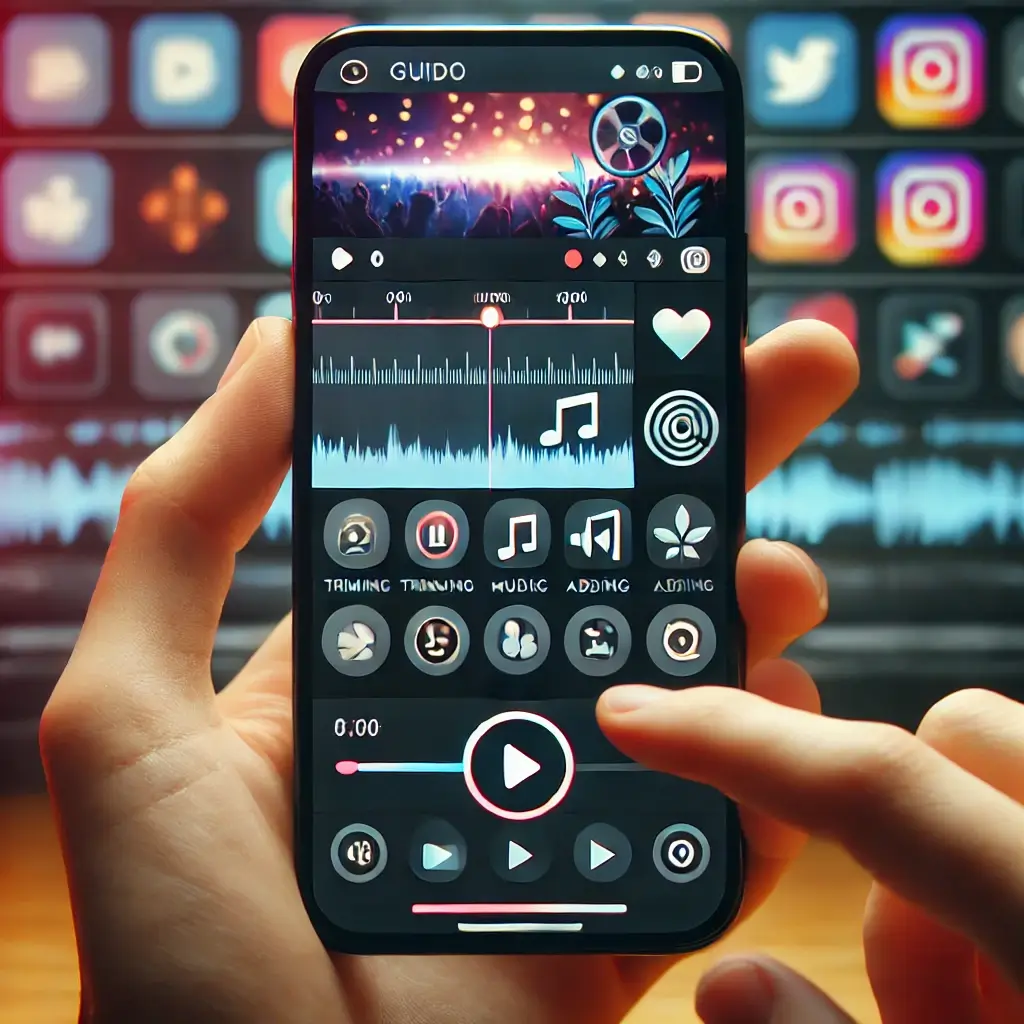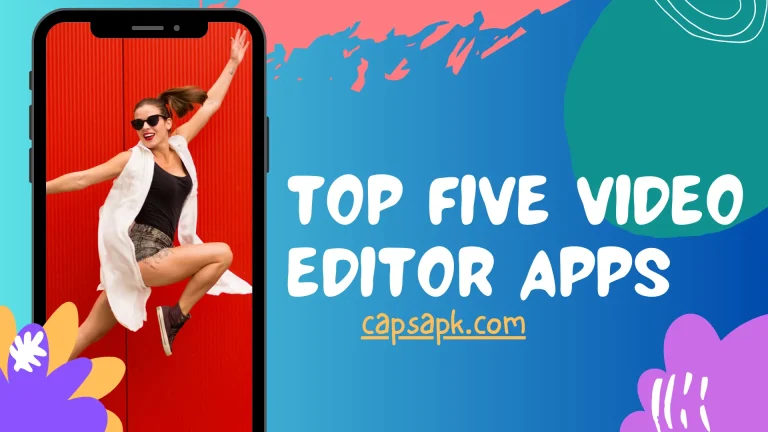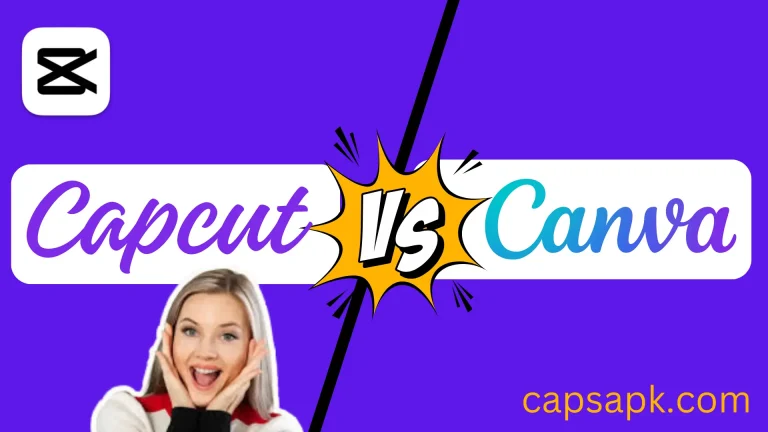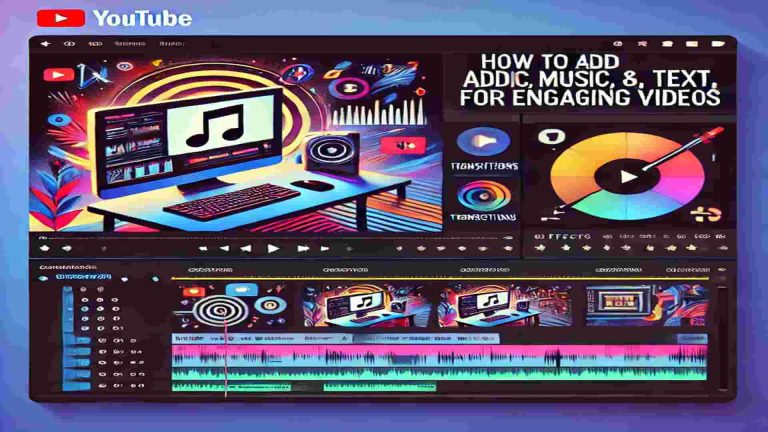Mastering Mobile Video Editing Free in 2024
Table of Contents
- Introduction: The Popularity of Mobile Video Editing
- Why Mobile Video Editing Has Become So Popular
- Essential Features to Look For in Mobile Video Editing Apps
- Best Mobile Video Editing Apps in 2024 (with Comparison Table)
- Step-by-Step Guide: How to Edit Videos on Your Mobile Device
- Advanced Techniques to Take Your Mobile Videos to the Next Level
- Tips for Exporting and Sharing Your Videos on Different Platforms
- Common Mistakes to Avoid in Mobile Video Editing
- Case Study: Turning Raw Footage into a Polished Product
- Frequently Asked Questions
- Conclusion: Mobile Video Editing—Powerful, Portable, and Practical
1. Introduction: The Popularity of Mobile Video Editing
Mobile video editing has become more popular than ever, thanks to the rise of content creation on platforms like TikTok, YouTube, and Instagram. Editing on mobile devices gives creators freedom to craft content on the go. Plus, with the growing power of smartphones, mobile apps can offer nearly the same quality as desktop software.
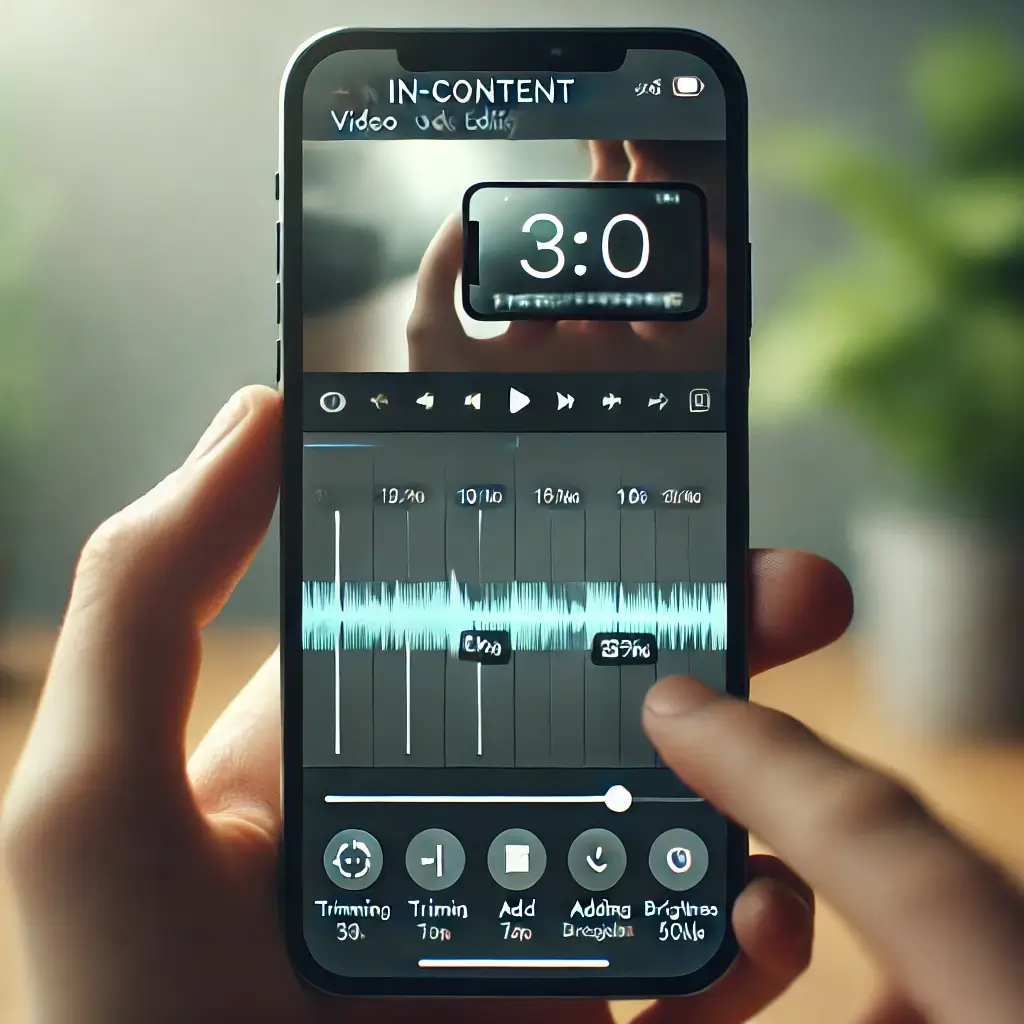
2. Why Mobile Video Editing Has Become So Popular
The popularity of mobile video editing is driven by several key advantages:
- Convenience: With mobile editing, there’s no need for a computer. You can make quick edits or even finish a project while traveling.
- Affordable Options: Many editing apps are free or have affordable premium versions, making quality editing accessible to everyone.
- Integrated with Social Media: Many apps make it easy to export videos directly to social media platforms, saving time and simplifying the process.
3. Essential Features to Look For in Mobile Video Editing Apps
When choosing a mobile video editor, make sure it has the following key features:
a) Basic Editing Tools
Your app should include tools for trimming, cropping, and splicing clips. These basic functions allow you to refine each video segment.
b) Filters and Effects
Filters and effects are essential for setting the tone of your video. A good app will offer a variety of options to adjust brightness, contrast, and color balance, as well as style filters like vintage or cinematic.
c) Text and Titles
Text overlays allow you to introduce scenes, add commentary, or provide context for the viewer. Look for apps with flexible font options, colors, and animations.
d) Transitions
Transitions are essential for blending different clips seamlessly. The best apps offer a range of transitions such as fade, slide, and dissolve.
e) Export Options
Make sure the app offers high-resolution export options to maintain quality, especially for professional content.
f) Music and Audio Editing
Many apps include music libraries or allow you to import custom audio files. Look for apps that also offer volume control and voiceover options.
4. Best Mobile Video Editing Apps in 2024 (with Comparison Table)
Below is a comparison of popular mobile video editing apps, highlighting key features to help you decide which one best suits your needs:
| App Name | Key Features | Price Range | Best For |
|---|---|---|---|
| CapCut | User-friendly, advanced effects, slow motion | Free | Quick, creative edits |
| InShot | Social media focus, multiple aspect ratios | Free with ads, Pro available | Instagram, TikTok editing |
| Adobe Premiere Rush | Multi-track editing, Adobe integration | Free, with premium version | Professional, in-depth editing |
| FilmoraGo | Filters, transitions, easy interface | Free, with in-app purchases | Beginners, casual editors |
| KineMaster | Layer-based editing, rich effects | Free with watermark, Premium available | Advanced projects, serious editors |
Each app offers unique strengths, from CapCut’s ease of use to Adobe Premiere Rush’s professional features. Choose an app based on your specific editing needs and desired outcomes.
5. Step-by-Step Guide: How to Edit Videos on Your Mobile Device
Follow these steps to produce a high-quality video using a mobile video editor:
Step 1: Importing Footage
Open your app and start a new project. Import your clips and arrange them on the timeline.
Step 2: Trimming and Cutting
Use the trim tool to remove unwanted parts and split clips into manageable sections. This is essential for creating smooth transitions between scenes.
Step 3: Adding Text and Titles
Adding text can help clarify your content, whether it’s a title screen, lower-third subtitles, or annotations. Choose font styles that fit the mood of your video.
Step 4: Applying Filters and Effects
Filters add instant polish by adjusting the video’s color tone. Effects can enhance drama or add a cinematic look, such as black-and-white filters or warm color tones.
Step 5: Adding Transitions
Transitions create a flow between clips. Experiment with effects like cross-dissolve, zoom, or slide transitions to keep your video engaging.
Step 6: Adding Music and Voiceovers
Select background music or sound effects that fit the mood. Many apps have royalty-free music libraries, or you can import your own tracks.
Step 7: Exporting
After editing, choose the best export settings for your target platform. Most social media platforms support 1080p HD, while YouTube also supports 4K resolution.
6. Advanced Techniques to Take Your Mobile Videos to the Next Level
Advanced techniques can enhance the professionalism of your video. Here are a few:
a) Slow-Motion and Speed Adjustments
Playing with speed can create dramatic or comedic effects. Use slow-motion for emotional moments or speed up clips for action sequences.
b) Color Correction and Grading
Color correction adjusts the color balance for a natural look, while color grading adds style. Warm tones add coziness, while cooler tones suggest a serious mood.
c) Chroma Key (Green Screen)
If your app supports chroma key, use a green screen to replace the background with any setting, from outer space to an exotic landscape.
d) Advanced Transitions and Motion Effects
Create unique transitions by combining animations and movements. Apps like KineMaster allow you to layer animations, making transitions more dynamic.
Example Use Case:
Vlogging: Use slow-motion to highlight funny or impactful moments. Add transitions and a color grade to enhance continuity across scenes.
7. Tips for Exporting and Sharing Your Videos on Different Platforms
Export settings vary by platform. Here’s a quick guide:
- YouTube: 1080p or 4K resolution, 16:9 aspect ratio
- Instagram Stories: 1080 x 1920 pixels, 9:16 aspect ratio
- TikTok: 1080 x 1920 pixels, with an emphasis on vertical video
- Facebook: 1080p resolution, 16:9 or 4:5 aspect ratio for mobile
Ensure that you choose the highest resolution available, and select a format that matches your platform’s requirements to prevent cropping or distortion.
8. Common Mistakes to Avoid in Mobile Video Editing
Avoid these common mistakes to keep your video professional:
- Overusing Transitions: While transitions add flair, too many can be distracting.
- Low Audio Quality: Make sure your audio is clear and balanced.
- Skipping the Preview: Always preview before exporting to catch any errors.
9. Case Study: Turning Raw Footage into a Polished Product
Here’s a short example to illustrate how to take raw footage and transform it into a polished final product.
- Import Raw Footage: Open your app and load the clips in sequence.
- Cut Unnecessary Footage: Trim any accidental clips, long pauses, or redundant content.
- Apply Color Grading: Apply a warm filter for a travel vlog, giving it a welcoming and adventurous feel.
- Add Transitions: Use cross-dissolve between scenes for a smooth visual flow.
- Include Text Overlays: Add subtitles or location tags to provide context.
- Background Music: Choose a mellow track that complements the video’s tone.
- Final Touches and Export: Preview, make final adjustments, and export in 1080p HD for YouTube.
10. Frequently Asked Questions
Q: What’s the best format for mobile exports? A: MP4 is generally recommended for mobile exports because it’s compatible with most devices and platforms.
Q: Can I add my own music to mobile videos? A: Yes, most editing apps allow you to upload your own audio files or use their built-in music libraries.
Q: How can I avoid losing quality in exports? A: Choose the highest available resolution, such as 1080p or 4K, to preserve video quality.
11. Conclusion: Mobile Video Editing—Powerful, Portable, and Practical
Mobile video editing has transformed the way content is created, giving everyone access to powerful tools in a portable package. With a bit of practice, you can create impressive videos that stand out on social media, YouTube, or any platform. Embrace the flexibility and creativity that mobile video editing offers—whether you’re a beginner or a seasoned creator, the possibilities are endless.

